- Empty cart.
- Continue Shopping
-39%
Kadaplavu (Bread fruit) Chemaplavu
Original price was: ₹650.00.₹398.00Current price is: ₹398.00.
Genus : Moraceae
“Grow your own Kadaplavu (Bread Fruit) plant and experience the delight of its unique and nutritious fruit. A must-have addition to your garden.”
Breadfruit, also known as Artocarpus altilis, is a tropical tree that belongs to the Moraceae family. It is native to the South Pacific region and is widely cultivated for its starchy fruit, which is used as a staple food in many tropical countries. Here is a more detailed description of the Breadfruit plant:
Description:
- Size: The Breadfruit tree is a medium to large-sized tree that can grow up to 20-30 meters (65-98 feet) in height, although some varieties may grow taller. It has a straight trunk with a dense, rounded canopy of leaves.
- Leaves: The leaves of the Breadfruit plant are large, glossy, and deeply lobed, with a length of 30-60 centimeters (12-24 inches) and a width of 20-40 centimeters (8-16 inches). The leaves are arranged alternately on the branches and have a prominent midrib and veins.
- Flowers: The flowers of the Breadfruit plant are small, inconspicuous, and greenish-yellow in color. They are borne in dense, spherical clusters called inflorescences, which are attached directly to the trunk or larger branches of the tree.
- Fruits: The fruit of the Breadfruit plant is the main attraction. It is a large, round or oval fruit that can weigh up to several kilograms. The skin of the fruit is rough and warty, and it can be green or yellow when ripe. The flesh of the fruit is starchy and has a texture similar to bread or potato when cooked, hence the name “Breadfruit”. The fruit is usually harvested when mature but still green.
- Bark: The bark of the Breadfruit plant is gray or brown in color and may have a rough texture with deep furrows or cracks as the tree ages.
Cultivation:
- Climate: The Breadfruit plant grows best in tropical and subtropical climates, where temperatures do not drop below 15°C (59°F). It prefers well-drained, fertile soils and can tolerate a range of soil types, from sandy to clayey.
- Propagation: The Breadfruit plant can be propagated from seeds or cuttings. Seeds are typically extracted from ripe fruits and sown in well-draining soil. Germination can take a few weeks to a few months. Cuttings can be taken from mature trees and rooted in a rooting medium.
- Care: The Breadfruit plant requires regular watering, especially during dry periods, and benefits from occasional fertilization. Pruning can be done to shape the tree and remove dead or diseased branches. It is a relatively low-maintenance tree once established.
- Harvesting: The fruits of the Breadfruit plant are usually harvested when they are mature but still green. They can be harvested by cutting the stem or by knocking the fruit off the tree with a long stick. The fruit can be stored for several weeks in a cool, dry place before being used.
Uses:
- Culinary: The fruit of the Breadfruit plant is a versatile food source and can be cooked in various ways. It can be boiled, roasted, fried, or baked, and is often used as a substitute for potatoes, rice, or bread in many traditional cuisines. The cooked fruit has a mild, starchy flavor and can be used in a wide range of dishes, including soups, stews, curries, and desserts.
- Nutritional: Breadfruit is a good source of dietary fiber, vitamins, and minerals, particularly vitamin C, potassium, and magnesium. It is also low in fat and cholesterol, making it a healthy option for a balanced diet.
- Other uses: The wood of the Breadfruit plant is sometimes used for carpentry, furniture making, and fuel.




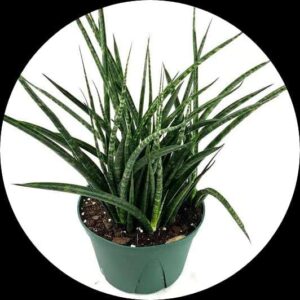

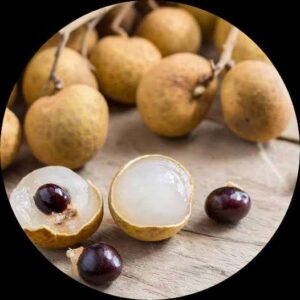
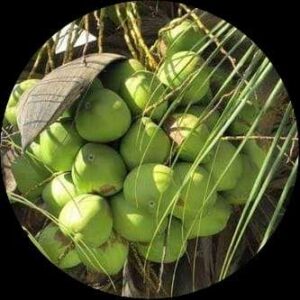
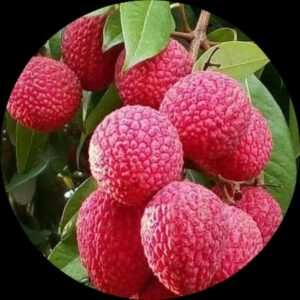
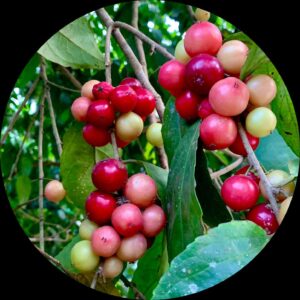


Reviews
There are no reviews yet.